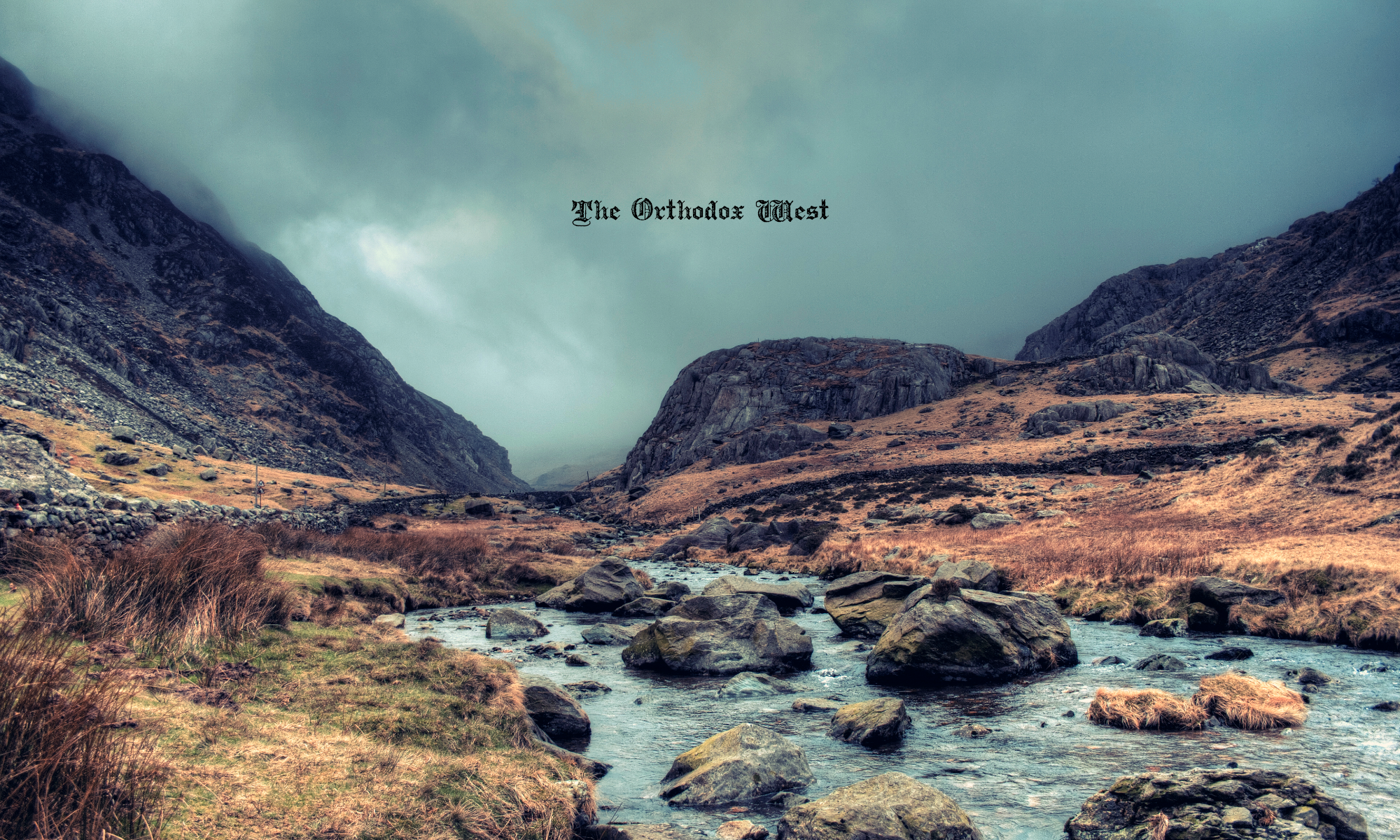The Son of God was incarnate for two primary purposes: first, to conquer death on our behalf and grant us an entrance into the kingdom of light, and to manifest & restore the image and likeness in which we were created through the great Atonement for sin.
In Hebrews 1, St. Paul describes Christ as “being the brightness of God’s glory, and the express image of his person” that is, an image/icon which reflects God totally. Elsewhere, speaking about Christ, he expands this: “who is the image of the invisible God, the firstborn of every creature: For by him were all things created, that are in heaven, and that are in earth, visible and invisible…all things were created by him, and for him. And he is before all things, and by him all things consist.” (Col.1:15-17).
In commenting on these verses, St. Athanasius pointed out that only the same Word who created the world could redeem it. In other words, only the Person who is Himself the express image of God, in whose image we were created, could restore that image when it was corrupted. Christ not only restored the image, but also delivered us from this corruption, which is death. The restoration of the image of God in man began when the Son of God, THE uncreated Image of God, became man, the created image of God, to restore man to his proper state of communion with God within a grace-filled immortality.
The image and glory of God implies that we humans have an aspect of sublime greatness to our being. Yet, we have another not-so-sublime aspect: a distortion of the image of God in us, through which we are inclined to self-love, pride, vanity, anger etc.: in a word, sin. We always have the image – yet we have lost the likeness. We stand in the middle, as St. Paul says, bearing both the heavenly and the earthly in us (1 Cor 15:49). Nevertheless, the image of God is not something that any human being can ever fully lose, because we were created that way. The image of God is part of what makes us human.
So what does this mean? Through the ages those who have speculated on what makes us human have taken the image to refer to our reason, our freedom, our mind or soul, our ability to reflect on non-existent things, to invent something new, to investigate creation, or even our ability to ask the ultimate question that encompasses all other questions: what is the meaning of existence? To which the only answer is: God.
Others see the image as equated with our existence as “persons”, that in us which says “I” to another “thou” – inseparable, but in some mysterious way distinct from our mind, our heart, our body. This “I” is a mystery, because we are a mystery. Man does not understand himself – we have a spiritual depth within us that our minds cannot grasp.
This also is an image of God, who is the supreme Mystery. St. Paul put it this way: “For what man knows the things of a man, save the spirit of man which is in him? Even so, no man knows the things of God, but the Spirit of God alone (1 Cor 2:11) All well and good, but how do we understand the image of God from a practical perspective?
Do we truly reflect the divinity in our human existence? If we understand an image to be a reflection, then this means that we were created as a reflection of the Divine, the Holy, the Eternal. “for God created man for incorruption, and made him in the image of his own eternity” (Wisdom 2:23). The image is a gift and honor which comprises our very existence, not something given after we exist. Therefore we are to honor the image bestowed by God in others.
But we do not always reflect this image. No one in God’s image was created to suffer frustration, illness, sorrow, boredom, depression, anger, etc. We were not created to reach a certain level of spiritual growth and plateau out. We certainly were not created to die. Even though all of us have to suffer through these things at one time or another, none of these things are associated with God, and therefore cannot be part of His image. His Image implies holiness, energy, creativity, a transcendent, surpassing abundance, stability, joy, glory, and above all, life.
The image of God is an image of beauty, intelligence, of love, humility, forgiveness, strength, generosity, justice. Or St. Paul’s list of the fruit of the Spirit: love, joy, peace, longsuffering, gentleness, goodness, faith, meekness, temperance (Gal 5:22-23).
The fact that we possess the image of God as an irremovable aspect of human nature and at the same time do NOT possess the likeness, implies that it is not a static reality, but a goal or destiny toward which we must strive (Rom 8:29). This requires our struggle to bring a potential (the image) into a manifest reality (the likeness) – or, as St. Paul says, “to put off the old man and his deeds” in order to put on the new man, which is Christ Himself. This is a dynamic and ongoing process, whereby a believer is “transformed into that same image, from glory to glory, just as by the Spirit of the Lord” (2 Cor 3:18).
Part of the Christmas celebration in the Orthodox Church is meant to be a deep meditation on our existence, created in the image of God, and a call to struggle for our destiny, to be conformed to His likeness. We owe both the gift and the goal to Christ. He is the model and expression of perfect humanity, THE express Image of God who came to us in order to restore the image that had fallen of old. In Him alone is our life.

